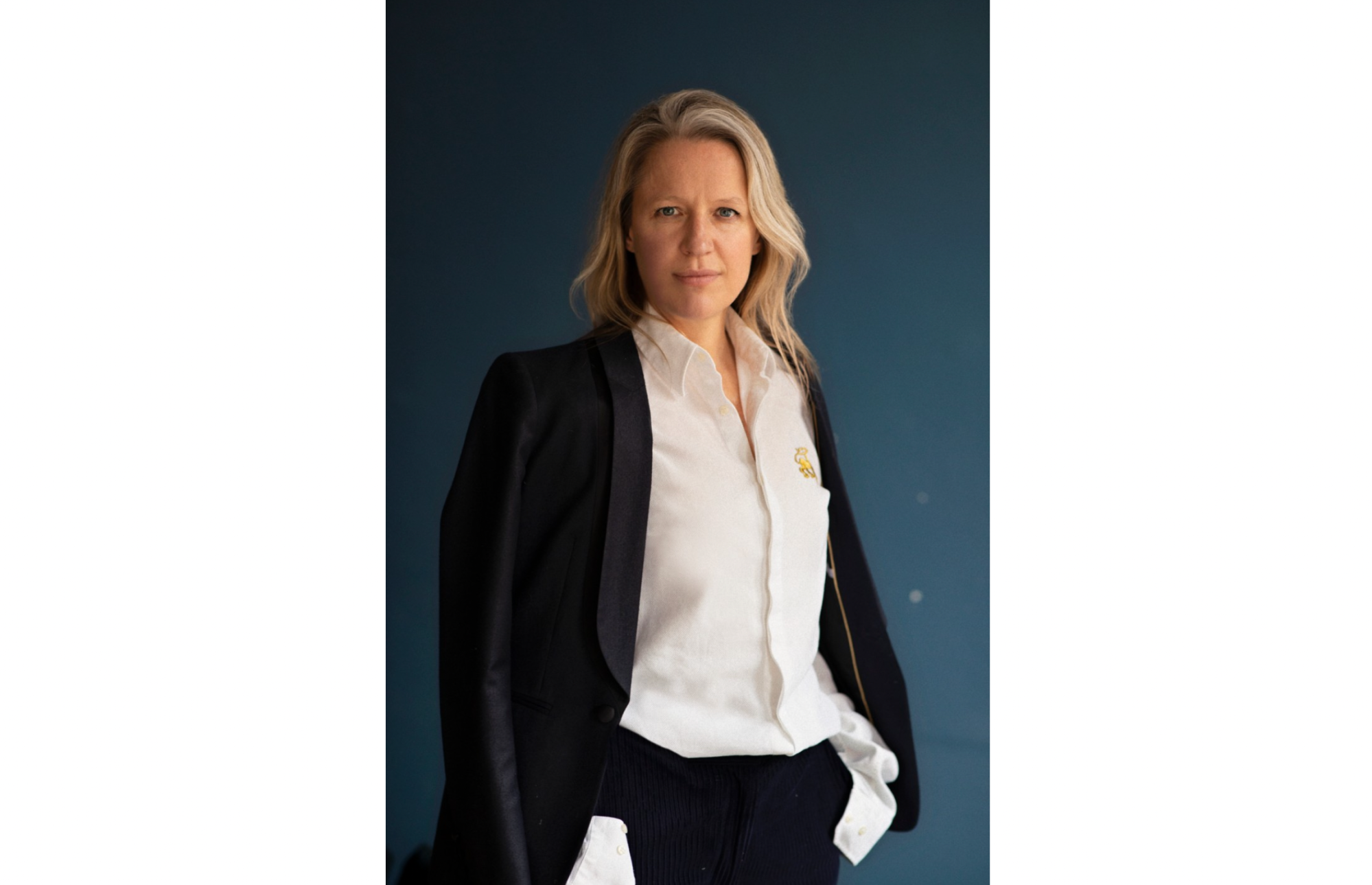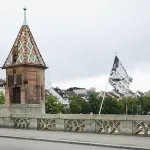
It has been just over a year since Noah Horowitz tapped Maike Cruse to lead Art Basel’s flagship fair in Basel, Switzerland. Just enough time, according to Cruse, to plan and execute her first Art Basel as director. Cruse’s appointment was among the first moves Horowitz made since he returned to the Art Basel fold, in 2022, after a stint at Sotheby’s. Cruse, formerly the director of Gallery Weekend Berlin, brought with her myriad deep relationships with galleries, institutions, and collectors, not only in Europe but globally.
As Art Basel enters its public days, Cruse spoke to ARTnews about the challenges of staging such a monumental art fair while the market is in a questionable state and interest rates are high, why Art Basel continues to be successful, and offers the slightest of hints at what might be in store for next year’s edition.
ARTnews: Opening day has come and gone. What can you tell me about the energy on the ground?
Maike Cruse: The energy has been great. You know the art market here in Basel has proven to be very resilient. We were very confident going in, but what we’ve seen so far has really exceeded our expectations, and, I think, also the expectations of many of the galleries. The pace is much more normal, as opposed to last year when little bit more cautious behavior than what’s happening right now.
That’s good to hear. There has been lots of talk about the market softening or losing its froth, euphemisms to say that people aren’t buying as much as even a few months ago. Many people were unsure what to expect, especially with the fair being so close to the May auctions in New York, which had less than stellar results.
Absolutely. We were all aware of this and, as I said people were nervous going into the show, I think. But as we see, the market is about human-to-human relationships and about unique objects. And so those relationships can also change and develop very fast and that’s what’s happened here.
What were some of the approaches that you took this year considering that overall feeling of trepidation regarding the market?
We basically do what we’ve always done. We observe the art market very closely, and we adapt to it. That really involves more long-term planning as opposed to just reacting to the current state of the art market or what people are saying. The goal this year was to really further rejuvenate and diversify the fair. We have 285 galleries coming from 40 countries, and 22 of these galleries are newcomers to the fair, which is quite a high number. So it’s really interesting to see so many new faces and all new approaches on the show floor and so many high quality booths.
We also extended the citywide program this year by bringing [Agnes Denes’s] Wheatfield: A Confrontation (2024), where it takes up nearly the entire Messeplatz, as well as bringing the Parcours sector, which [this year] is curated by Stefanie Hessler, director of the Swiss Institute, closer to Messe Basel on Clarastrasse, the regular shopping street that connects the Messeplatz and the Rhine. There’s also a music and performance program at the Hotel Merian, which is very exciting.
What are some of the more under the radar things that people shouldn’t miss at the fair?
I think for me one of the big highlights of the show are the more tightly curated works in the Statements sector. This year presents very emerging artists like the Sandra Poulson from Angola with Jahmek Contemporary Art or the Norwegian-Sudanese artist Ahmed Umar, who brought 15 sculptural works that represent personal prayers; [Umar] is represented by a first-time participant to the fair, OSL Contemporary. The Features sector is also wonderful. There, we are showing 16 historical projects like Parker Gallery’s presentation of works by Gladys Nilsson or oil paintings by artist Irène Zurkinden, who was born in Basel, by the New York gallery Meredith Rosen Gallery.
Are you already thinking about next year, about things that you might want to change?
Oh yes, I’ve been thinking about next year for quite a long time [laughs], but I can’t tell you anything specific yet. I have a lot of ideas, I can say that. I’m really waiting to analyze what the re-contextualization of Parcours presents and how the [Denes] project works. I really look at every single detail, the conversations program, Hotel Merian, and then we really look into how we can further improve it or what new inventions we will bring next year. It’s too early to say, but there are a lot of ideas in my head.
The fair happens every year. How much prep time is involved in that on your end?
Here’s an example. When I first came on I had the idea to change the Parcours sector right away. And I’m so glad that I immediately had the thought and the support because it needed to be an implemented immediately for it to really work. It took the whole year. So, you really have to start changes well in advance, maybe one and a half years before the next show.
Lately, there’s been a lot of talk, especially here in the States, that Art Basel Paris, launched in 2022, might be more attractive, particularly to American collectors, than Art Basel’s Swiss fair. What makes the two fairs unique?
Well, first I have to say that we’ve profited very much from Paris. Otherwise, we wouldn’t do it. [Laughs.] Every fair that works well for our galleries really broadens our network. We profit from that and vice versa. So since we launched the show in Paris, we have many more French collectors also coming to Basel. And that happens all over the place, especially since we opened Miami Beach [in 2002] and Hong Kong [in 2013]. Each fair attracts a different kind of crowd. The Paris show is more concentrated. It’s a little bit smaller. But of course it’s taking place in the major art metropolis of Paris. We’ll have around 190 galleries, and a third of those are from France. In Basel, we have 285 galleries, 60 percent of which are European, with the rest coming from other countries from all over the world.
The program in Basel [this year] is very ambitious and complex. It won’t exist like this for a second time. It’s very modern and broad—and it should be. Basel is where we come from. It’s our mother fair, our flagship. It’s our center.
